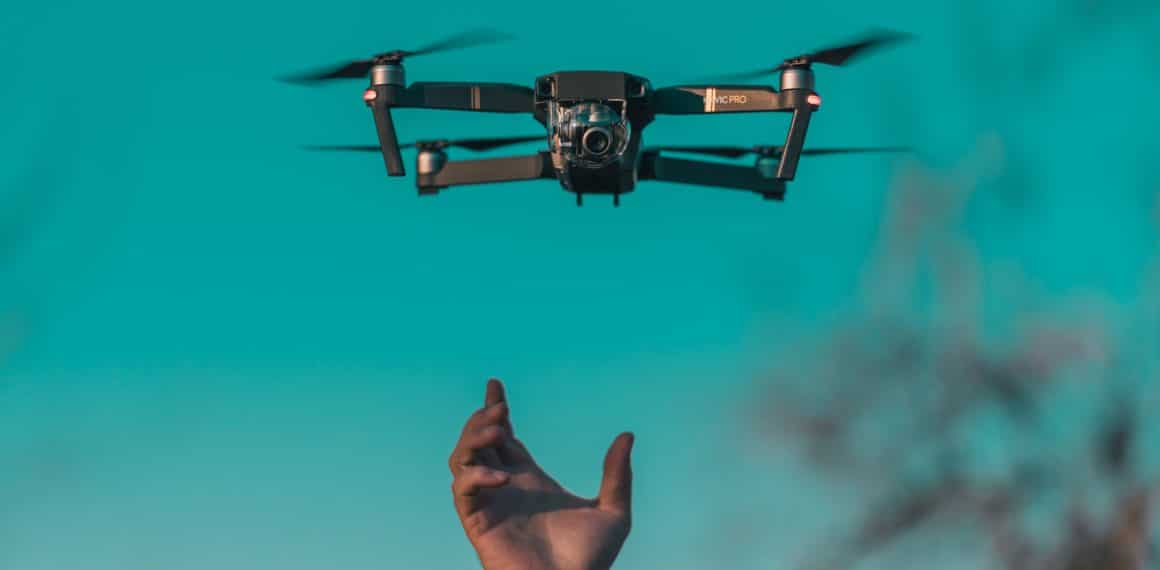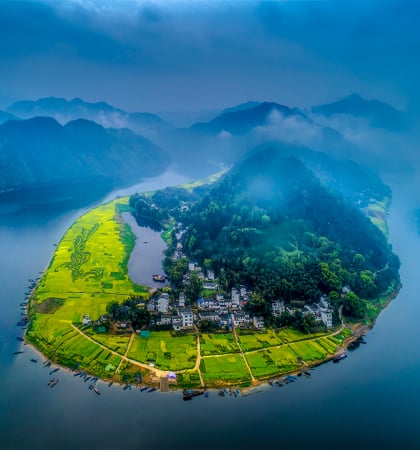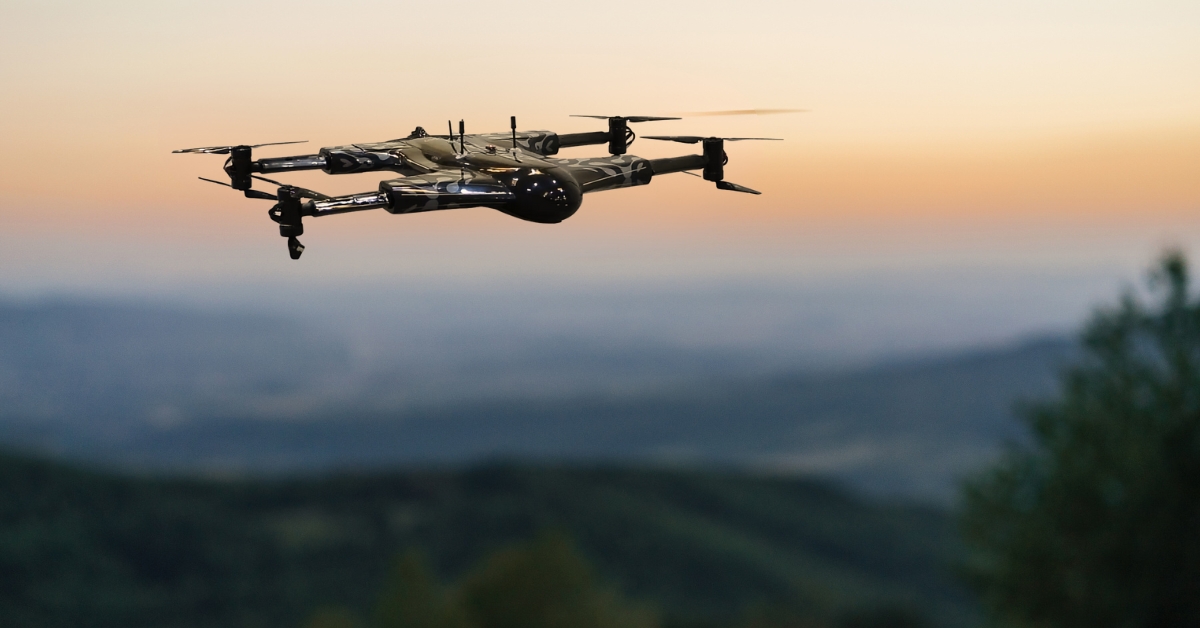Get the Top Views with a Real Estate Drone Photographer for Listings
Get the Top Views with a Real Estate Drone Photographer for Listings
Blog Article
Transform Your Viewpoint: The Art and Scientific Research Behind Drone Photography
Drone photography stands for a significant crossway of artistic vision and technological technology, making it possible for makers to capture perspectives previously unattainable. Recognizing the mechanics of drone technology, from devices selections to structure techniques, is vital for accomplishing engaging images. In addition, factors to consider such as illumination and environmental problems can greatly affect the final result. As professional photographers improve their abilities in both airborne strategy and post-processing, they unlock a richer narrative capacity. What really differentiates effective drone photography from simple airborne pictures? Exploring this question exposes much deeper insights into the craft and its advancing landscape.
Comprehending Drone Technology
Comprehending drone technology is necessary for any person thinking about utilizing its abilities for photography. Drones, or unmanned airborne vehicles (UAVs), count on a combination of software and hardware to attain trip and capture images. At their core, these tools are furnished with sensors, cams, and navigating systems that enable them to fly autonomously or be managed from another location.
The key components of drone technology include the flight controller, which works as the mind of the drone, processing data from different sensors to ensure stable flight. In addition, general practitioner innovation plays a crucial role in navigating, making it possible for drones to adhere to pre-defined flight paths and preserve their setting even in tough problems.

Additionally, comprehending the regulatory landscape surrounding drone use is crucial, as it controls where and exactly how drones can be operated, guaranteeing security and conformity. Experience with these aspects of drone technology equips photographers to optimize their innovative potential while adhering to legal guidelines.
Vital Equipment for Drone Photography
Picking the best tools is essential for accomplishing exceptional lead to drone digital photography. At the heart of this setup is the drone itself, which need to be chosen based on trip stability, video camera top quality, and simplicity of usage. Popular versions commonly include built-in high-def cams that capture magnificent aerial pictures.
In addition to the drone, spending in a high-grade electronic camera is vital. Lots of drones come outfitted with electronic cameras capable of shooting in 4K resolution, but also for professional-grade results, think about a drone that enables interchangeable cameras or sustains bigger sensors. This flexibility can considerably boost picture top quality.
Stablizing is another crucial element. A three-axis gimbal is advised for smooth video footage, lessening resonances that can take away from photo quality. Extra batteries and a trusted charger make certain extensive flight time, permitting for even more extensive shoots (drone photographer).
Understanding Make-up Strategies
Understanding make-up strategies is essential to raising your drone digital photography from common to amazing. A well-composed image captures the customer's interest and shares an effective story.
One of the Check This Out essential principles to take into consideration is the guideline of thirds, which entails splitting your structure into a grid of nine equal components. Placing crucial elements along these lines or at their intersections creates visual interest and balance. Additionally, leading lines can guide the viewer's eye with the photo, attracting interest to the subject and including depth.
One more reliable technique is framing, where natural environments such as buildings or trees frame the subject, improving the centerpiece. This method not just supplies context but also creates a sense of intimacy within the scene.

Last but not least, constantly bear in mind the perspective line. An uneven horizon can take away and distract from an or else fascinating picture. By grasping these make-up strategies, you can dramatically improve the impact of your drone photography.
Lights and Climate Considerations
In drone digital photography, the interaction of illumination and weather can drastically influence the quality and state of mind of your photos. Optimum lights problems are essential; the gold hours-- soon after sunup and before sundown-- use soft, diffused light that boosts colors and decreases harsh darkness. Throughout these times, the landscape appears much more vibrant and lively, enabling breathtaking airborne shots.
Conversely, overcast skies can create a level, muted combination, yet they can additionally provide even lighting that decreases comparison and highlights information in the atmosphere. This can be useful for capturing appearances in city setups or complex patterns in nature.
Weather conditions, such as snow, rainfall, or fog, can likewise include unique components to your digital photography. Fog can create a sense of secret, while rainfall can improve shades and fill the landscape. However, it is important to think about the security of your drone; flying in negative weather condition problems can lead to tools damage or loss of control.
Eventually, recognizing just how lights and climate impact your aerial shots enables you to select the excellent problems for your drone digital photography, making certain aesthetically striking and engaging images.
Post-Processing Tips and Tricks
After catching sensational airborne images, the following action includes refining those shots with post-processing. This critical phase enhances the aesthetic influence of your photographs, permitting you to highlight the special perspectives that drones offer.
Start with software devices like Adobe Lightroom or Photoshop, which use robust editing abilities. Begin by correcting direct exposure and white balance to ensure that your shades show up lifelike. Make use of histogram checks to attain optimal illumination levels, staying clear of too much exposure or loss of information in darkness.
Following, improve comparison to add depth to your images. Changing clearness can hone important details without introducing noise, which is especially advantageous in aerial shots where texture plays a considerable function. Don't avoid cropping; this can aid concentrate the visitor's interest on the major subject.
Color grading is another effective tool. Explore saturation and vibrance to make the landscape pop, yet apply these modifications sensibly to preserve an all-natural appearance. Take into consideration applying a slight vignette to lead the customer's eye toward the facility of the photo. By understanding these post-processing methods, you can boost your drone photography to new heights.
Verdict

What absolutely differentiates reliable drone digital photography from simple airborne pictures? Several drones come equipped with cams capable of capturing in 4K resolution, but for professional-grade results, consider a drone that enables for interchangeable cameras or supports larger sensors. By understanding these make-up methods, you can considerably enhance the impact of your drone photography.
In drone digital photography, the interplay of lighting and weather can drastically affect the top quality and state of mind of your images (aerial photographer spokane). By mastering these post-processing techniques, you can raise your drone photography to brand-new elevations
Report this page